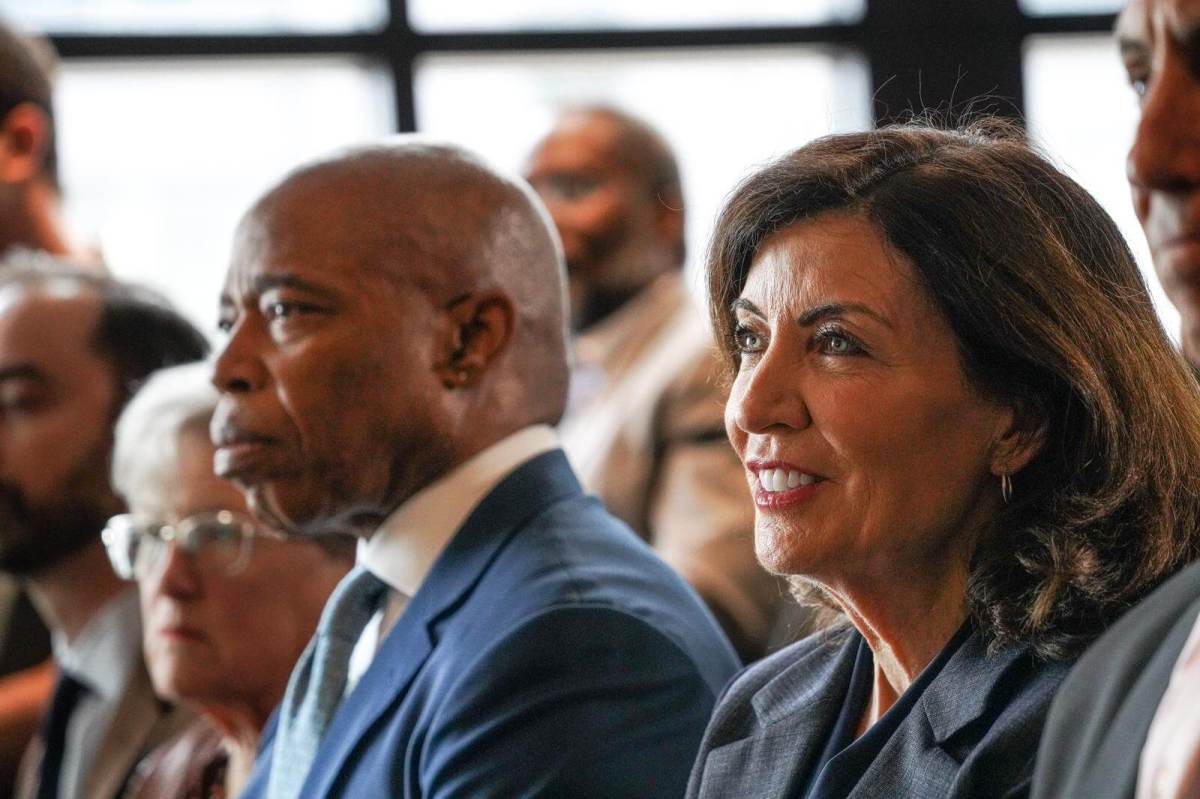Ottawa luthier Guy Harrison makes and repairs violins, violas and cellos. He also studies and copies antique instruments. One of his creations just won a bronze medal at Germany’s Mittenvald Violin Making Competition.
You started working on violins at age 13. Where did the passion come from?
I was playing the violin, but I was always more interested in how they were made. So I worked in a violin shop part time, then I went to school because violin-making is not something you can really teach yourself.
What is the oldest violin you have ever laid eyes on?
Just last year I was down at a museum in the U.S. and I was looking at violins made around 1550, 1560, in that period. There are no earlier violins than 1550. That’s the beginning of the violin.
Can you tell a really good violin from a really cheap violin even if the player is terrible?
That’s a good question. The player has a huge effect on the sound, so even the best violin with a bad player will sound bad — and with a bad violin, I guess it sounds even worse. A $10-million violin or a $300 violin, with a very good player, both sound very good. The really key difference is that the player is working much harder on the cheaper violin to make a great sound. For a professional musician, playing so many hours a day, that starts to wear them down, and you get injuries.
In copying antiques, is there a balance between adhering to how the originals were made and modern technology and tools?
Yeah, I definitely do use a lot of old techniques and I’m very interested in how the old violins were made. At the same time, I’m also measuring the frequency of various parts with my laptop and microphones, so there’s a real sort of peculiar mix in a violin shop. If you look at my bench I have a lot of old tools which would look exactly the same as a 300-year-old bench, but at the same time I still have my preamp over there.

















